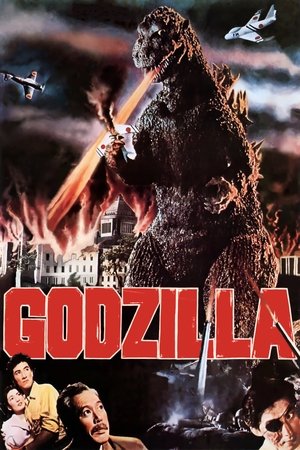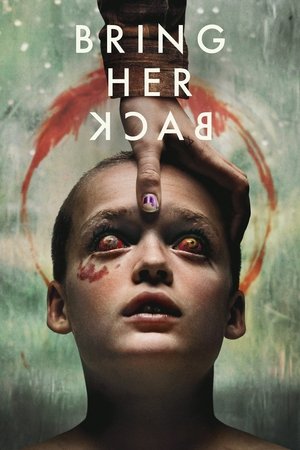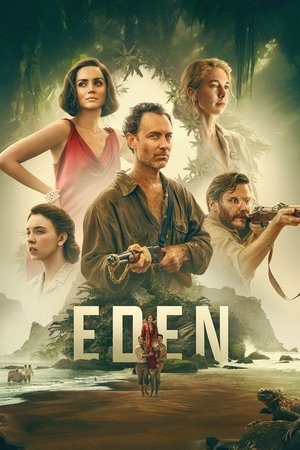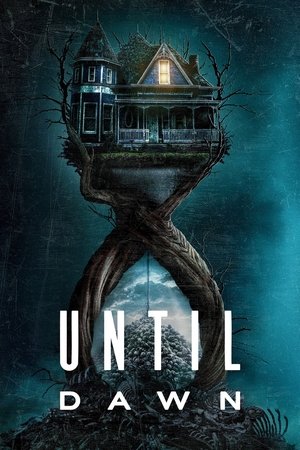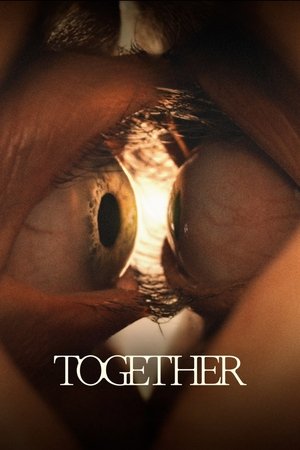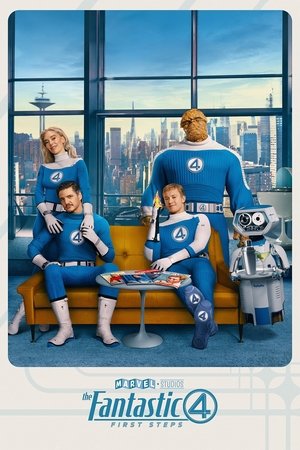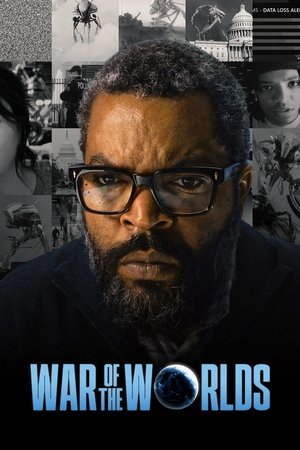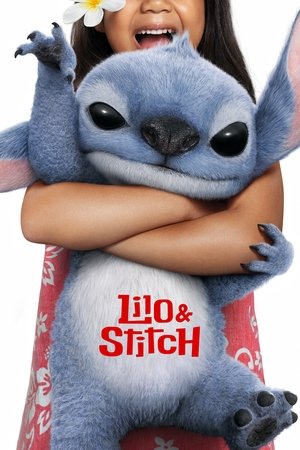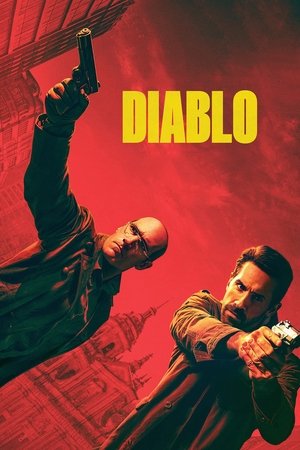Godzilla (1954)

| Director | Ishirō Honda |
| Cast | Akihiko Hirata, Akira Takarada, Fuyuki Murakami, Haruo Nakajima, Hiroshi Hayashi |
| Year | 1954 |
| Country | Japan |
| Genres | Horror, Science Fiction, Thriller |
| Duration | 96 min |
| Release | 03 Nov 1954 |
| Language | 日本語 |
| Revenue | $2,250,000 |
| Trailer | Watch Trailer |
Synopsis
Japan is thrown into a panic after several ships are sunk near Odo Island. An expedition to the island led by Dr. Kyohei Yamane soon discover something far more devastating than imagined in the form of a 50 meter tall monster whom the natives call Gojira. Now the monster begins a rampage that threatens to destroy not only Japan, but the rest of the world as well.
In the early 1950s, a time when the world was still reeling from the horrors of World War II, Japan faced yet another existential threat, but this time from an unexpected source. A series of mysterious shipwrecks near Odo Island sent waves of panic through the nation. The Japanese government, eager to uncover the cause, dispatched a team led by the esteemed Dr. Kyohei Yamane to investigate these perplexing incidents. What they discovered was beyond anyone’s wildest nightmares: a colossal creature standing 50 meters tall, known to the island’s inhabitants as Gojira.
The film “Godzilla” (1954), directed by Ishirō Honda, quickly became a monumental piece in the history of cinema. Its gripping narrative and groundbreaking special effects captivated audiences, etching the formidable creature into the cultural consciousness worldwide. The film’s evocative portrayal of Godzilla, a metaphor for nuclear devastation, resonated deeply with Japanese audiences who had experienced the atomic bombings of Hiroshima and Nagasaki less than a decade earlier.
As Godzilla begins its relentless rampage across Japan, the film explores themes of fear, destruction, and the human struggle for survival. The narrative delves into the moral and ethical dilemmas faced by the characters as they grapple with the reality of a force they cannot control. Dr. Yamane, portrayed by Takashi Shimura, provides a voice of reason amidst the chaos, advocating for understanding and studying the creature rather than destroying it. His daughter, Emiko (Momoko Kōchi), and her fiancé, Hideto Ogata (Akira Takarada), become central figures in the narrative, embodying the personal stakes involved in the battle against Godzilla.
The film’s ensemble cast delivers compelling performances that enhance the tension and drama of the storyline. Momoko Kōchi’s portrayal of Emiko brings a touch of vulnerability and resilience, while Akira Takarada’s Ogata embodies the courage and determination necessary to face such overwhelming odds. Supporting characters, like Daisuke Serizawa (Akihiko Hirata), add depth to the narrative with their internal conflicts and pivotal roles in the unfolding drama.
“Godzilla” is a masterclass in the science fiction genre, blending elements of horror and drama to create a narrative that is both entertaining and thought-provoking. The film’s special effects, a remarkable achievement for its time, utilised miniatures and suitmation to bring the terrifying creature to life. The haunting musical score by Akira Ifukube further elevates the tension, reinforcing the sense of impending doom that looms over the characters.
With an IMDb rating of 7.5/10, “Godzilla” continues to be revered as a classic film that not only entertains but also provokes reflection on the impact of human actions on the environment and global peace. Its enduring legacy has spawned numerous sequels, reboots, and adaptations, cementing its place in cinematic history. For more insights into this iconic film, you can explore further details on its impact and legacy at Godzilla (1954)
As Godzilla rampages through Japan, the world watches in trepidation, fearing that the destruction witnessed in Japan could spread globally. The film cleverly uses the monster as an allegory for nuclear threats, illustrating the fragile nature of peace in a world armed with destructive power. While the narrative concludes with a temporary solution to the Godzilla problem, it leaves audiences pondering the lasting consequences of humanity’s interaction with nature and technology.
The 1954 “Godzilla” film is more than just a monster movie; it is a poignant exploration of humanity’s vulnerability in the face of its own creations. Its blend of thrilling action and profound commentary offers viewers an experience that is both exhilarating and intellectually stimulating. This cinematic masterpiece, with its rich narrative and memorable characters, remains a must-see for film enthusiasts and scholars alike, continuing to inspire and entertain generations around the world.

